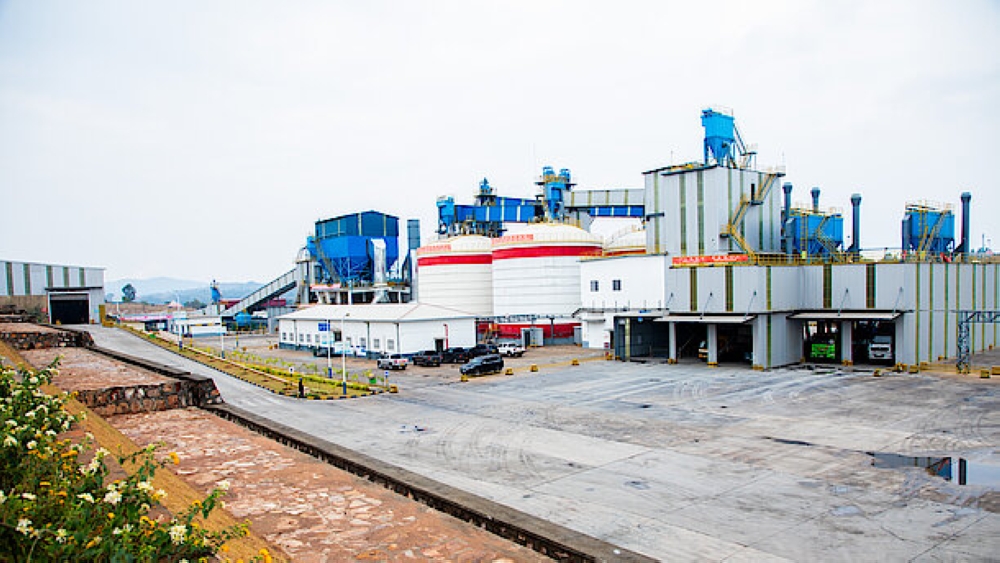Okavango Delta in Botswana is an inland delta. River Okavango does not join the sea but empties into an inland drainage, Lake Okavango. It runs on the fringe of Kalahari Desert and spreads into a delta before joining Lake Okavango.


Okavango Delta in Botswana is an inland delta. River Okavango does not join the sea but empties into an inland drainage, Lake Okavango. It runs on the fringe of Kalahari Desert and spreads into a delta before joining Lake Okavango. The Lake is a seasonal lake and vanishes in southern summer. It is quite a spectacle and is reputed to have the largest concentration of wildlife in Africa (and perhaps the world).Apart from being the fourth letter of the Greek alphabet, a delta is so named because its shape approximates the upper-case letter delta (the shape is a triangle).It is a landform that is formed at the mouth of a river, where the river flows into an ocean, sea, estuary, lake, or reservoir. Deltas are formed from the deposition of the sediment carried by the river as the flow leaves the mouth of the river.The Okavango delta area is very flat. It covers an area of over 15,000km2 and yet has only a two meter difference in altitude. This makes this area a wetland that presents a challenge to its dwellers.The Okavango delta is produced by seasonal flooding. Okavango River drains the summer (January–February) rainfall from the Angola highlands in approximately one month. The waters then spread over the 250 km by 150 km area of the delta over the next four months (March–June). The high temperature of the delta causes rapid transpiration and evaporation, resulting in a cycle of rising and falling water level that was not fully understood until the early 20th century. The flood peaks between June and August, during Botswana’s dry winter months, when the delta swells to three times its permanent size, attracting animals from kilometers. In life, just like in the Okavango, the one thing that does not change in life is change itself. This calls for adaptability. In 2013 as we strive to make our New Year’s plans work out, each of us will need to be adaptable in one way or another. Okavango dwellers give lessons in this. Dealing with new challenges: Okavango is no ordinary Savanna where lions, for example, can chase down antelopes for dinner. It’s typical dinner, the Lechwe antelope is a nimble swimmer and as such the lion has to make an extreme make over- there’s no more business as usual anymore. The Okavango lion has gotten over the classic cat’s distaste for water and swims pretty well and gets dinner served.Likewise, we must be willing to make this change to get things done. If, in the pursuit of our dreams and resolutions next year, we find that we face unexpected challenges, we have to do what it takes.The unexpected challenges come with new opportunities. Be positive. That Okavango teems with wildlife of all types is sufficient evidence of this. New ways of doing things bring with them bumper harvests. The lesson here is that innovation pays. Under normal circumstances, Okavango’s profile only does not fit well with terrestrial animals like lions, elephants, antelopes and the like. But they are there and they are teeming!New ways of living: it is most probable that you are going to have a new lifestyle to achieve the goals set. Flexibility is necessary to this success. Life in Okavango is a proof of this.Dare to be different. Different parties respond differently to same stimuli: there is the natural urge to stick with the group and do as others are doing. This is good if things are working out. But there is always another way. Both human and animal dwellers of the Okavango survive in different ways. They are herders, farmer, fishermen, hunters, gatherers and so on. Some animals are seasonal visitors and others stay all year round. Look for what works for you.There is always hope. Most of the Kalahari in southern Africa is an expansive semi-desert of ancient sands and dry savanna. The Okavango Delta in Botswana provides a dramatic contrast by flooding the heart of the thirsty Kalahari with life-giving water. In this sprawling oasis of more than 15,000 KM2, desert gives way to lush vegetation and a rich ecosystem.Merry Christmas.




